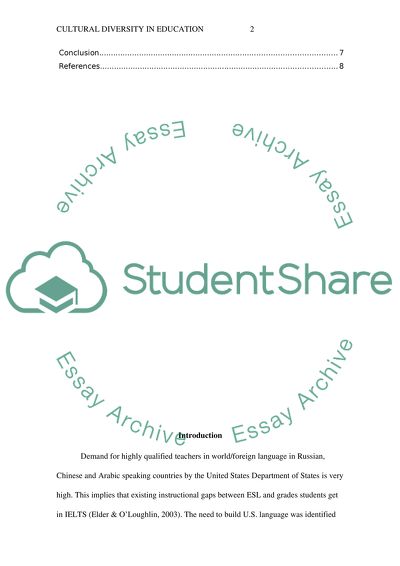Cite this document
(“Correlation between ESL students Research Paper”, n.d.)
Correlation between ESL students Research Paper. Retrieved from https://studentshare.org/education/1700618-correlation-between-esl-students
Correlation between ESL students Research Paper. Retrieved from https://studentshare.org/education/1700618-correlation-between-esl-students
(Correlation Between ESL Students Research Paper)
Correlation Between ESL Students Research Paper. https://studentshare.org/education/1700618-correlation-between-esl-students.
Correlation Between ESL Students Research Paper. https://studentshare.org/education/1700618-correlation-between-esl-students.
“Correlation Between ESL Students Research Paper”, n.d. https://studentshare.org/education/1700618-correlation-between-esl-students.


